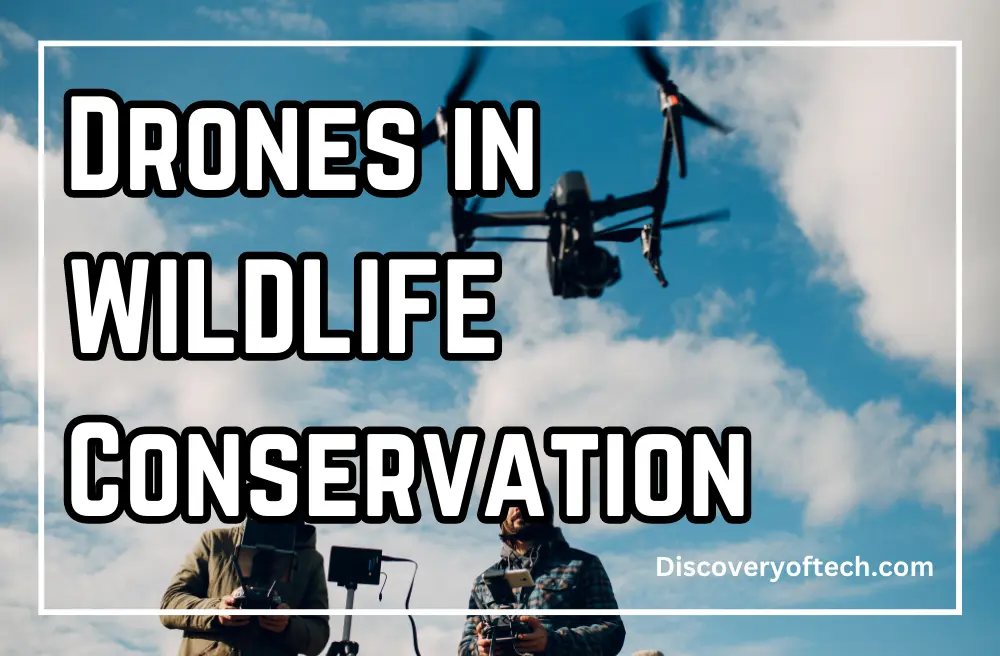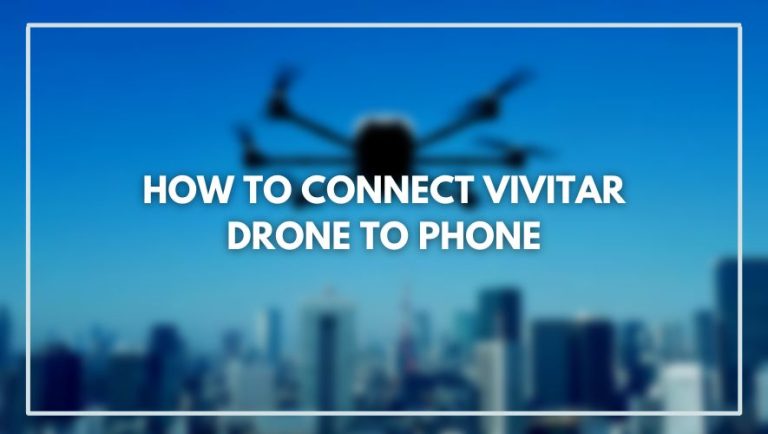Drones have become increasingly popular in recent years, not just for recreational and commercial use, but also for research and conservation purposes. Drones equipped with high-resolution cameras and thermal imaging technology are proving to be valuable tools for wildlife conservation efforts.
They allow researchers to monitor wildlife populations, track animal movements, and identify potential threats without disturbing the animals. In this article, I’ll explore how drones are being used in wildlife conservation and the benefits they provide for researchers and conservationists alike.
What are Drones and How Are They Used for Wildlife Conservation?

Understanding Drone Technology in Wildlife Conservation
A drone is an aircraft that can fly autonomously or be remotely controlled by a pilot on the ground. Drones are used for a variety of tasks, from capturing images and videos to delivering packages. In the field of wildlife conservation, drones are typically used for monitoring and researching wildlife populations.
How are drones used to monitor wildlife populations?
Drones can fly at low altitudes, making them ideal tools for monitoring wildlife populations in their natural habitat. They can capture images of wildlife, which can be used to count species and track movements over time. Drones equipped with sensors that can detect infrared and thermal signatures can also be used to capture data and help identify animals that may be out of sight.
What are some examples of conservation efforts that involve the use of drones?
Conservation groups around the world have been employing drones to help monitor and manage wildlife populations. For example, the Ol Pejeta Conservancy in Kenya uses drones to survey and track black and white rhinoceros populations.
In the United States, drones have been used to monitor the migration patterns of elk in Yellowstone National Park. Drones have also been used in conservation efforts to study other endangered species, such as orangutans and tigers.
Impact of Drones on Wildlife and Their Habitats

How do drones affect wildlife populations?
While drones can be powerful tools for wildlife conservation efforts, their usage may come with negative impacts on animal populations. The noise and visual disturbance created by drones can induce stress in wildlife, causing them to flee or change their behavior patterns.
This disruption to their natural habitat and routine can lead to a decrease in feeding, mating, and resting activities, ultimately affecting the overall health of the population. Additionally, drones flown too low can cause physical injuries to animals like coyotes or damage their habitats. It is critical that drone operators follow guidelines and regulations when using drones in wildlife areas and fly them responsibly to prevent undue harm to the animals and their environment.
Can drones be used to help prevent poaching?
Poaching is a significant threat to many endangered species, and drones can play a vital role in preventing illegal hunting and trafficking of wildlife. Conservationists can use drones to monitor large areas and detect suspicious human activity that could indicate poaching.
Drones outfitted with thermal cameras can also detect heat signatures from vehicles or people moving around in the bushes, giving conservation groups a way to track poachers in real-time.
What are some of the risks and challenges associated with drone-assisted conservation efforts?
One of the main challenges associated with drone-assisted conservation efforts is the safety and regulation of drone use. The Federal Aviation Administration (FAA) has set guidelines for drone pilots to ensure the safe operation of drones in all situations.
Another challenge is the difficulty associated with obtaining accurate data from drone cameras and sensors that may need specialized expertise to manage effectively. Finally, the cost of acquiring and maintaining drones can be high, especially for small conservation organizations.
The Effectiveness of Drones in Wildlife Research
How do drones assist wildlife biologists in their studies?
Drones have become an essential tool for wildlife biologists to study animal behavior, migration patterns and gather other valuable data. UAVs provide a birds-eye view of wildlife without disturbing them, and they can be used to study ecosystems over large areas, enabling researchers to detect changes in the environment and wildlife populations. Drones can also be used to analyze the habitat of animals or complete environmental assessments of an area, which can be useful in conservation planning efforts.
What types of sensors and technologies can be used for drone-based wildlife mapping and research?
Drones are capable of collecting a vast amount of data through their sensors and cameras. Thermal and infrared cameras can help detect heat signatures of animals, and LIDAR (Light Detection and Ranging) can be used to create detailed 3D maps of an ecosystem. Acoustic sensors and passive sonar can be used to map the soundscape of an environment or track underwater activity in aquatic habitats.
How are drones a cost-effective solution for studying endangered species and their habitats?
Employing drones in conservation can be more cost-effective than traditional methods. For example, using drones to capture imagery of a wildlife population can be quicker and cheaper than deploying teams of researchers. Similarly, employing drones to map an environment can be more cost-effective than creating surveys using manned or ground-based vehicles, which can be expensive and time-consuming.
The Future of Drones in Wildlife Conservation
What are some potential future applications of drones in wildlife conservation?
As drone technology continues to evolve, there are endless possibilities for future applications in wildlife conservation. One potential use could be the development of drones that can be deployed in situ to replant and restore damaged habitats actively.
They could also be equipped with improved sensors and AI technology to help detect and monitor wildlife populations more accurately. Finally, drones could be used to study and research ecosystems in remote areas where on-site research isn’t currently possible.
How can unmanned aerial vehicles be leveraged to help replant and restore damaged habitats?
Drones can play a significant role in restoring damaged habitats by delivering seeds, plants, and other essential materials from the air. Drones can also be used to spray pesticides and herbicides to control invasive species or aid in the planting and management of forests. By ensuring proper planning and deployment of drone-based replanting, we can help restore damaged ecosystems at a faster pace.
What role can drones play in the work of conservationists and wildlife organizations?
With the growing importance of conservation efforts, organizations and governments must leverage new technologies like drones to achieve their goals. Mapping, monitoring, and researching wildlife populations are core functions of conservation efforts, and drones can significantly enhance these functions. Conservationists can also use drones to monitor poaching and to detect illegal activities in wildlife areas, which is essential in fighting to protect endangered species.
Conclusion
UAVs are revolutionizing the field of wildlife conservation, providing researchers with a powerful tool for data collection and analysis. Drones can reduce costs and time associated with traditional research methods while also enabling researchers to monitor large areas more effectively.
Whether it’s tracking endangered species or restoring habitats, drones offer numerous possibilities for helping protect our planet’s delicate ecosystems. With the right regulations and safety protocols in place, drones can be used to help conserve wildlife resources today and for future generations.






